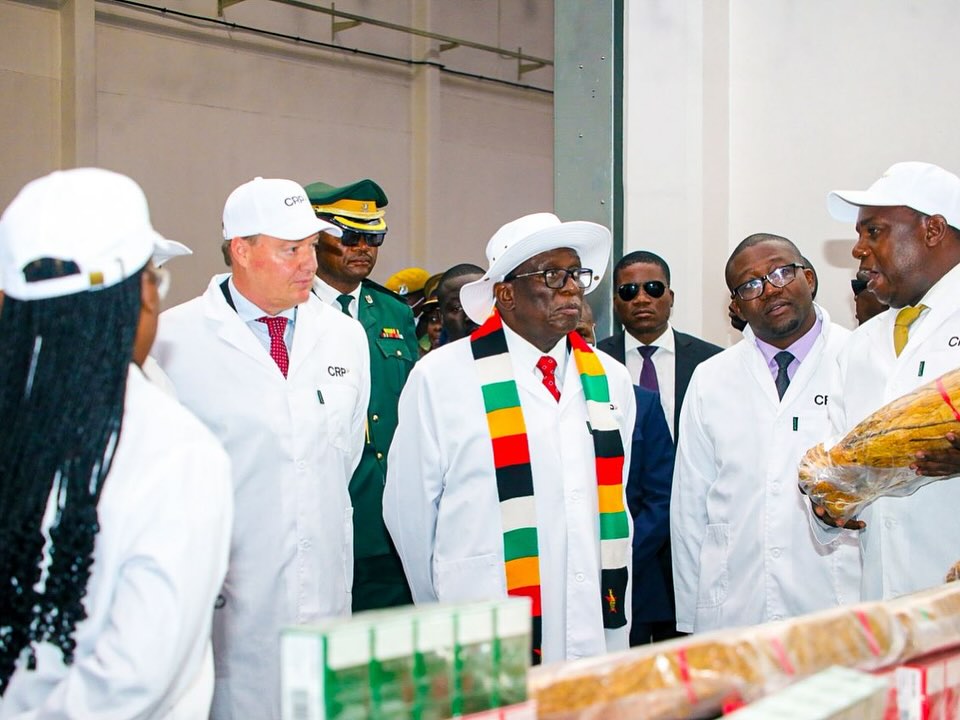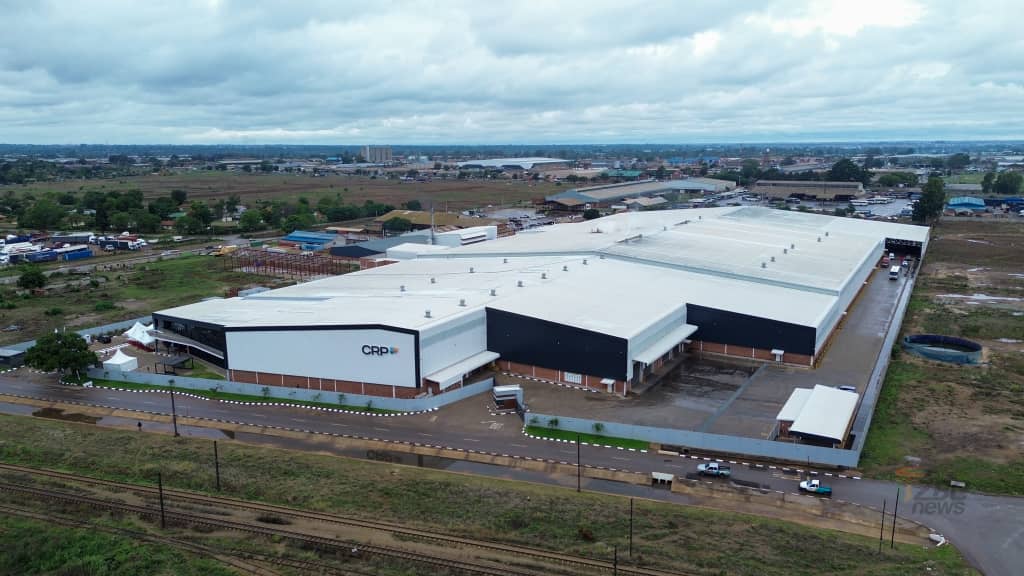PRESIDENT Emmerson Mnangagwa on November 19 commissioned a state-of-the-art tobacco processing plant in Harare, a significant development for agriculture in the region.
This initiative aims to address the long-standing issue of raw tobacco exports and reshape the landscape of tobacco farming in the country.
I am going to explain what this means for anyone who is farming tobacco or is interested in farming tobacco. I will help you understand Cut Rag Processors, this monster that Simon Rudland and Mnangagwa have put their hands together on.
There is a problem that has been happening for the last 42 years: 98 percent of all the tobacco we grow is shipped out of the country as raw leaf. And there is a word that many people didn’t know — merchant lock. Merchant lock is the reason tobacco farmers are not booming as much as we think they are booming. Let me break it down so you understand.
Imagine you’re a farmer with two hectares. You plant, water, spray, harvest, shade the leaf by hand, dry it, and then bale it. You haul it to the auction floor — your sweat, your time, everything.
Let’s say you bring 10 tonnes to the market and sell at $4.50 per kg; that’s $45,000. Sounds good until you deduct costs: $12,000 for fertiliser, steam, and chemicals; $15,000 for labour; $5,000 for fuel and equipment maintenance. After all of that, your net profit is about $13,000. That’s just over $1,000 a month.
Now, let’s see what should happen. The same 10 tonnes, if processed at the new cut-rag plant, don’t leave Zimbabwe as raw leaf. They’re processed, blended, and cut to specification at 13.5 percent moisture. Cut rag doesn’t sell for $4.50 per kg — it sells for $8.50 to $9 per kg. Your same 10 tonnes are now worth $85,000 to $90,000. Processing costs about $2 per kg, so about $20,000. Your profit jumps to $54,000 — a jump from $1,000 a month to $5,400 a month. Same crop, same work, five times the income. That’s the difference the new processing plant brings.
Right now, the real income doesn’t go to the tobacco farmer. Here’s why: in 2024, every tobacco farmer needed $7,800 for inputs. Banks won’t lend because land isn’t titled; you can’t borrow against land you don’t own. So the farmer goes to the merchant, who finances the inputs and takes the harvest as payment — on brutal terms. The market price is $4.50/kg, but the merchant gives you $3.50/kg and requires that all the tobacco goes through them, often pre-selling it overseas before you even plant.
Multiply this by 160,000 tobacco farmers in Zimbabwe. Each loses $1/kg to the merchant — about $450 million per year. Who gets this? Mainly the Chinese state entity Tianze. In 2024, Tianze held 60 percent of Zimbabwe’s market — that’s $578 million worth. Instead of buying, China finances the sector, deploying about $100 million. Tianze buys from merchants at $4.20/kg; merchants paid farmers $3.50/kg, making 70 cents/kg. Tianze processes the tobacco to cut rag, then sells globally for $8.50 to $9/kg.
With 200 million kg as annual output, Zimbabwe exports $900 million to $1.3 billion in raw leaf, but the processed value is $4–$4.8 billion — money that never touches Zimbabwe. For every $1 Zimbabwe earns, China earns $4 to $5 just from processing.


Simon Rudland’s plan changes this. His business model is to bypass merchants, directly finance farmers at fair rates ($4/kg, not $3.50), own processing, and sell directly. He can make excellent profits while giving farmers better terms — capturing $480 million in value for workers, supply chains, infrastructure, and keeping this money in Zimbabwe. Not as aspiration, but as arithmetic. That’s the difference between a $1.3 billion export industry and a $4 billion value-added industry — how you move from second to first as a forex earner.
But this isn’t a victory over China. China remains a buyer due to capital and demand. The strategy is to negotiate from strength, not desperation. When farmers have domestic options, they get better prices from all buyers. This plant builds the foundation for stability: $480 million more forex, a better current account, and improved bargaining with creditors.
President Mnangagwa commissioned not just a building, but a new future for tobacco farmers. Simon Rudland built a fantastic processing operation. This plant means jobs, money in Zimbabwean pockets, and a Zimbabwe that starts becoming an industrial nation capturing the value it creates.
This is a transcript of a video presentation by Acie Lumumba
The post New era for Zimbabwe’s tobacco value chain: Rudland’s transformative plan appeared first on Zimbabwe News Now.
